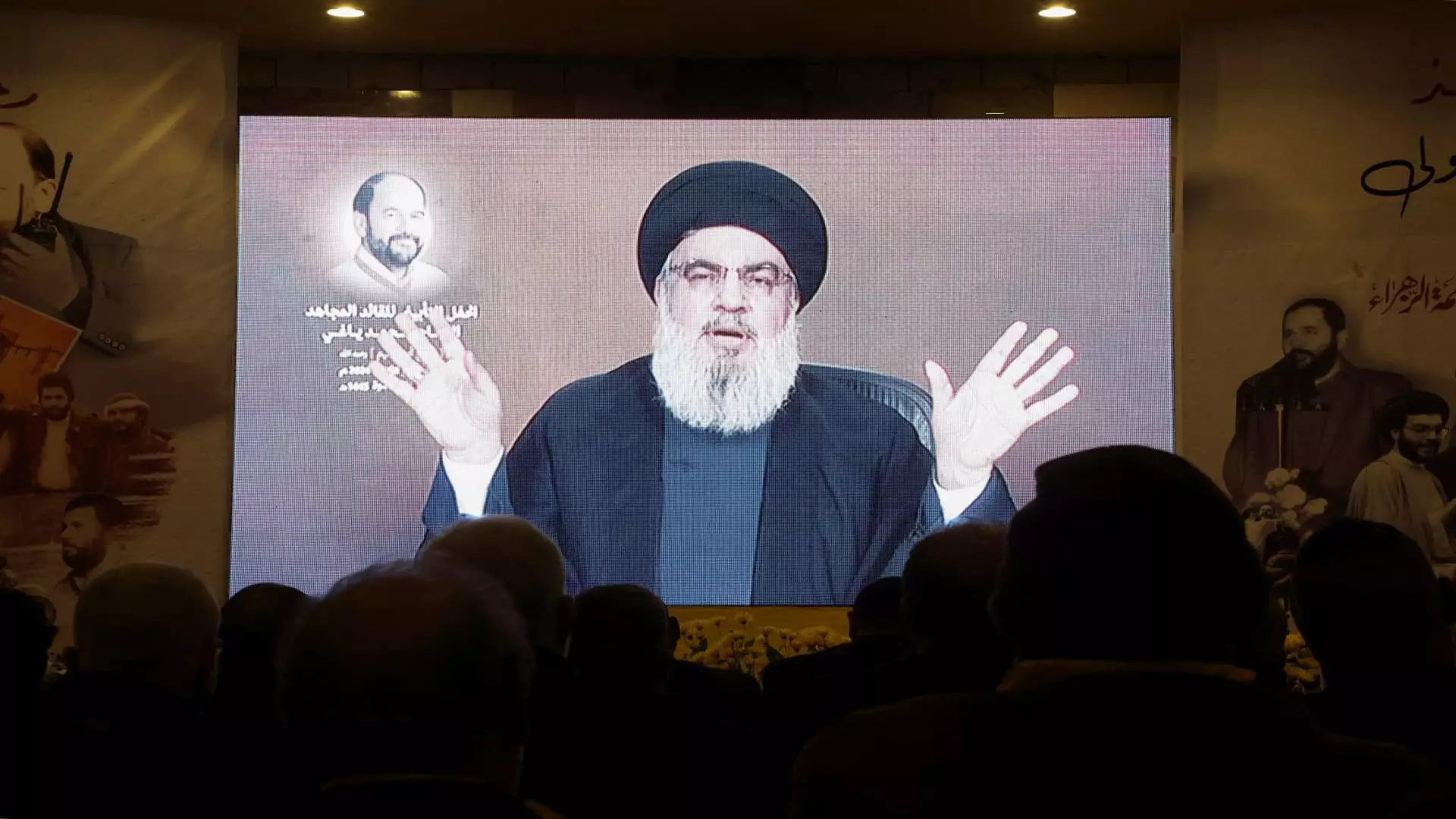In the midst of ongoing tensions in the region, Lebanon’s Iranian-backed Hezbollah group launched a series of rocket attacks targeting Israel. This comes in response to the killing of Hamas’ deputy chief, Saleh al-Arouri, by a drone strike in Beirut. Hezbollah claims to have hit a significant Israeli observation post with 62 rockets as a “preliminary response” to the assassination. The attack raises concerns of further escalation between the two adversaries.
In retaliation for the rocket attacks, Israel’s military carried out airstrikes on various Hezbollah targets in southern Lebanon. The airstrikes targeted launch posts, military sites, and what Israel referred to as “terrorist infrastructure.” Additionally, Israel responded with an unmanned aerial vehicle (UAV) strike on the “terrorist cell responsible for the launches” towards northern Israel. While there were no immediate reports of casualties or damage from the rocket attacks, the situation remains volatile.
Against the backdrop of escalating tensions, top U.S. and EU diplomats, including Secretary of State Antony Blinken and EU’s senior diplomat Josep Borrell, embarked on a diplomatic mission to the region. The aim was to seek avenues to prevent the spillover of violence from the ongoing Gaza war into other areas, such as Lebanon, the Israeli-occupied West Bank, and Red Sea shipping lanes. However, despite diplomatic efforts, the conflict shows no signs of abating.
While tensions persist between Israel and Hezbollah, the embattled Gaza Strip continues to suffer devastating consequences of the three-month-old Gaza war. The densely populated enclave, home to 2.3 million people, has been marred by relentless bombardment, resulting in widespread displacement and a dire humanitarian crisis. Food, medicine, and fuel supplies are running low, exacerbating the suffering of its traumatized residents.
The cycle of violence between Israel and Palestinian militant groups shows no signs of relenting. In the past 24 hours alone, at least 122 Palestinians have been killed, and 256 others injured in Gaza. Reports indicate that 18 Palestinians lost their lives in an Israeli attack on a house east of Khan Younis in Gaza, while a 17-year-old was shot dead by Israeli forces in the West Bank village of Beit Rima. The casualty numbers paint a grim picture of the toll this conflict has taken on civilians.
Amid the ongoing conflict, both Israel and Hamas trade accusations and denials regarding civilian casualties. Israel argues that it targets Hamas militants embedded within civilian populations, while Hamas disputes these claims. Israel has released videos and photos to support its position, emphasizing its efforts to limit civilian casualties. However, the international community remains skeptical, putting pressure on Israel to curb its offensive operations.
This localized conflict has broader regional implications, with other Iranian-backed militant groups targeting U.S. forces in Iraq and Syria in what they see as revenge for Israel’s offensive actions. Moreover, the conflict has strained relations between Israel and Turkey, with Turkish President Tayyip Erdogan being a vocal critic of Israeli military actions in Gaza. Turkey, unlike most NATO allies, does not classify Hamas as a terrorist group and has offered to mediate in the conflict.
As tensions escalate between Israel and Hezbollah, the region finds itself in a precarious situation. Ongoing rocket attacks, retaliatory airstrikes, and a growing humanitarian crisis in Gaza paint a grim picture of the turmoil plaguing the area. International diplomatic efforts to mitigate the spillover of violence have yet to yield tangible results. Without a concerted effort to find a peaceful resolution, the cycle of violence is likely to continue, further destabilizing an already volatile region.

Leave a Reply